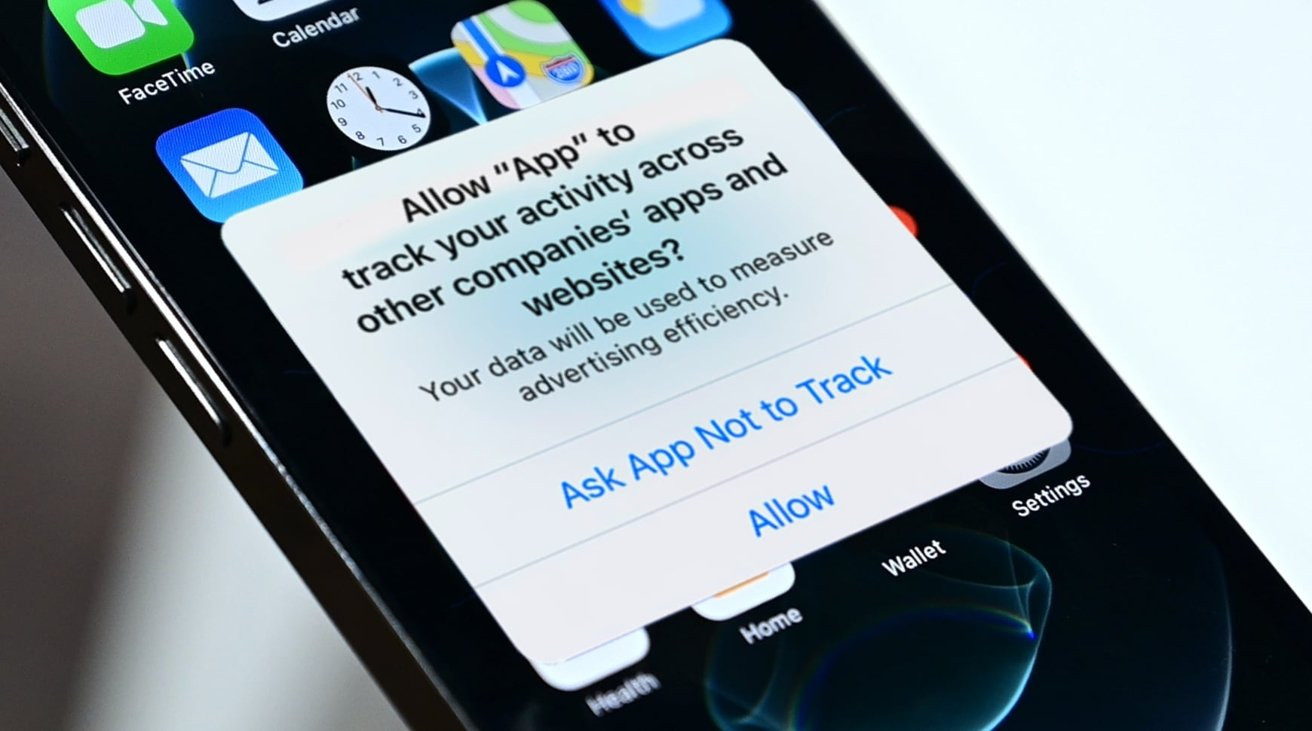[The Chinese version follows the English one. 中文版在底部]
In April 2022, Apple addressed its users’ concerns about privacy with its app tracking transparency policy. If you have noticed, whenever you are entering a new app for the first time, there will be a pop-up asking you if you would like to allow the app to keep track of your activities across other companies’ apps or websites. It also mentioned that your data would help measure the advertisement more efficiently. However, with that lack of trust, most users might choose not to disclose their online activities on the Internet, which hinders marketers from gathering accurate customer data for precise marketing decisions.

Restrictions of marketers
Marketers rely on third-party data to ensure that third parties advertisements are accurate, such as Facebook ads or Instagram ads. The third-party data is mainly collected from other sites or applications that the users browsed through, marketers may know about their interests or shopping habits from which and determine if they are the target audience. However, with the app-tracking transparency policy, marketers no longer have the access to the IDFA (identifier for Advertisers), which means that they cannot collect app users’ browsing data from another application, which might hinder their performance of market segmentation and personalizing the advertisement.
How marketer should react?
With the limitation of third-party acquisition, marketers should make good use of the first-hand data of their brands and optimize it to engage their target audience as much as possible. Since marketers can only acquire first-hand data now, they will have to create their own digital platform to engage with their target customers such as launching promotional campaigns, displaying advertisements, providing offers, or sharing news with them.
By doing so, retailers may perform better behavioral segmentation and ads campaigns. For example, suppose customer A always browses through gym equipment and customer B always pays attention to the beauty products, you may provide gym equipment discounts or supplement advertisements for customer A, and provide beauty product discounts and facial experience offers for customer B. The discounts can be used to motivate them to enter the buying stage, and introducing other products may increase the chance of cross-selling. Instead of keep updating them with all new products, which they might find annoying and useless, personalized offers and advertisements can help drive the conversion of online customers.
Bring your engagement online to offline
Yet, it is not enough to just own a digital platform to acquire online customer data only. There is one more type of first-hand data that the marketers may collect and make use of: the offline data observed by the staff members. That is why it is important for businesses, especially retailers, to build up an O2O channel and link their online business with their offline part.
Via physical store pickup or providing physical-store limited discounts on the app, the retailers may drive online loyalty members to visit their physical stores. The other way around, brands may also encourage customers in a physical store to register their loyalty program, driving them to the online business. The path between online business and offline business drives the conversion to one another, helping brands to expand their customer base and acquire customers’ data well-roundedly.
Once the O2O channel is developed, it’s high time to level it up to an OMO channel, which means that retailers may synchronize and combine together the online and offline customer data. After merging the customers’ data both online and offline, marketers may propose not only better online advertising campaigns but also physical store promotional campaigns.
We will talk more about the importance and example of OMO business, stay tuned for our next insight of the series!
新隱私趨勢 I: 營銷人員應如何應對 Apple 的新應用程式追蹤透明度政策?|
去年四月,Apple 針對使用者對隱私的擔憂,改善了其「App 追蹤透明度」功能政策。及後,如果你有留意到,每當初次打開應用程式,都會彈出一個視窗,詢問你是否允許該程式追蹤你在電話上的其他活動。它還會提到,這些活動資料能協助提升廣告的準確度。然而,由於缺乏信任,大多數使用者會選擇不披露他們其他線上活動紀錄,營銷人員不再能透過整合準確數據來做出最精準的營銷決策。

營銷人員面對的限制
營銷人員依靠第三方數據來確保廣告的準確性,例如利用 Facebook 或 Instagram 的廣告服務。這些第三方數據來自用戶在其他網站或應用程式中的瀏覽記錄,營銷人員可以從中了解他們的興趣及購物習慣,從而釐定他們是否品牌的目標受眾。然而,由於最新的 App 追蹤透明度政策,營銷人員將無法再訪問 IDFA (廣告識別符/ identifier for Advertisers) ,這意味著他們將無法再收集該用戶在其他應用程式的瀏覽數據,影響市場細分和個人化廣告制定的成效。
營銷人員應如何應對?
從第三方獲取數據存在局限性,營銷人員應更著重及最大化運用品牌的第一手數據,盡可能吸引目標受眾。由於現在營銷人員只能獲得第一手數據,品牌必須建立自己的數碼平台來與目標客戶互動。如利用平台開展促銷活動、推送廣告、提供優惠或分享品牌消息。
如此,零售商可以開展更凖確的行為細分及廣告企劃。打個比方,顧客甲經常瀏覽健身設備而顧客乙經常瀏覽美妝產品,你會向甲提供健身設備優惠或營養補充品廣告, 然後向乙提供美妝產品折扣或美容療程推廣。具針對性的折扣可以用來推動他們進入「決定購買」階段,同類商品推薦亦會增加成功交叉銷售的機會,而非不斷向他們推送所有新產品,讓他們感到廣告無用或不耐煩,個性化的優惠和廣告可以幫助推動線上客戶的轉換,提高廣告轉換率。
將線上互動引到線下
然而,僅僅利用數碼平台來獲取線上資料是不夠的。營銷人員可以還收集和使用另一類一手資料:線下員工觀察到的數據。這也是為什麼對商家,特別是零售商來說,建立 O2O 渠道並將其線下業務連結到線上如此重要。
通過提供門店自提及手機會員獨家優惠券,零售商可以將線上會員引到線下門店。反過來說,品牌同時可以鼓勵實體店的顧客註冊成為手機會員,將線下會員引到線上。線上線下業務之間互相引流,擴大品牌顧客基礎同時收集更全面的客戶數據。
O2O 渠道建立起來後,是時候升級至 OMO (Online merge Offline) 模式,即企業的線上下顧客數據將會整合並同步到一起。及後,營銷人員不只能更好地掌握及進行線上推廣活動,還有實體店促銷活動。
我們還會討論更多關於 OMO 重要性及例子等的文章,敬請期待本系列後續的文章分享!